World's Most Unusual Flags And Hidden Stories
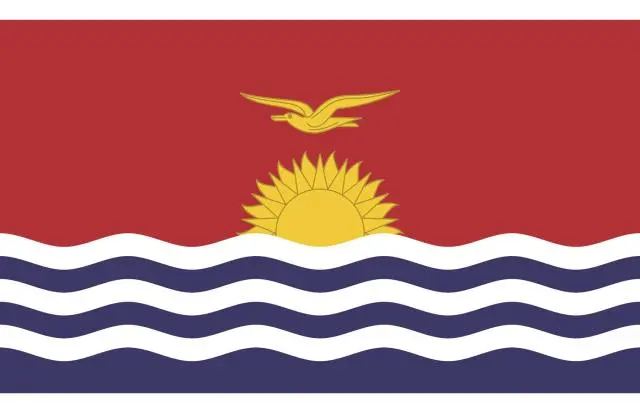
Strange Standards
National flags are under a lot of criticism. With only a few stars, spots, and stripes, these waving pieces of cloth are meant to symbolize countries of millions or even billions. Since there are only 200 or so national flags flying worldwide, many of the simpler designs were taken up quickly. In an effort to stand out, some nations have gone so far as to include silhouetted assault guns, purple parrots, and fire-eyed dragons in their national emblems.
Kiribati
Though the sun and sea are common themes on many flags across the world, you'll be hard-pressed to find them weaved together as tastefully as this. On the post-independence flag of Kiribati, a South Pacific archipelago that declared its independence from the British in 1979, dawn rises over the ocean. The three main island groups—Line, Phoenix, and Gilbert—are represented by the three white lines in the otherwise blue water. It's a frigate bird, which represents power, harmony, and control over the water in the area and is said to help lost fisherman find their way back to land. No, that's not a seagull.
Certain specialists on flags, known as vexillologists, contend that flags need to be so basic that even five-year-olds could design them, given their significance as national emblems. Many flags fail these criteria, but few fail it as thoroughly as Belize's national flag. This flag, which is a modification of the colonial coat of arms, was flown for the first time in 1981 upon the Central American country's declaration of independence from Great Britain. Under a mahogany tree, two men—a creole and a mestizo—guard a shield with historical symbols over the Latin phrase "sub umbra floreo," which means "I flourish in the shade." It's also one of the rarest national flags with human figures on it; the BVIs, Malta, and Montserrat have others.
Papua New Guinea

Known as PNG, it is a country in Southeast Asia that makes up half of the island of New Guinea. It gained complete independence from Australia in 1975. Locals were not at first enthusiastic about the proposed flag, a blue-green-and-yellow design with distinct Australian overtones put together by the colonial administration, and it was an adolescent who rode in to rescue the day. The draft flag was created by fifteen-year-old Susan Karike. It was diagonally divided into red and black, colors that are commonly used in local apparel and art. On the left side was the Southern Cross constellation, while on the right was an indigenous bird of paradise. It was completely ratified at independence after being approved by parliament in 1971.
Dominica
Does a purple parrot appear on your national flag? Why not, if not? With a rich green backdrop, a tricolored cross, and a starry circle centered by a brilliant sisserou parrot—a bird unique to the Caribbean Island—Dominica's colorful flag dazzles. The flag was designed by the well-known local author Alwin Bully and raised to commemorate the island's independence in 1978. The white, black, and yellow stripes on the flag stand for Caucasian, African, and Caribbean people, respectively, while the ten stars represent the island's ten parishes. Fun fact: The Dominican flag has more purple than any other national flag on the planet because of the parrot.
Read Also: Beautiful Places in Yokohama You Must Visit
Sri Lanka
Few flags have richer historical roots than Sri Lanka's. According to certain stories, the so-called "Lion Flag" has stood for the Sinhalese majority of the island ever since Prince Vijaya, the island's founding father, first landed there in the fifth century BC. When Sri Lanka gained independence from Great Britain in 1948, two and a half millennia later, the flag was seen to be too Sinhalese-specific, so green and orange columns were added for the Tamils and Muslims, respectively. In the early 1970s, after another twenty years, four leaves were added to the lion's red square, signifying the four qualities of Buddhism.
Nepal
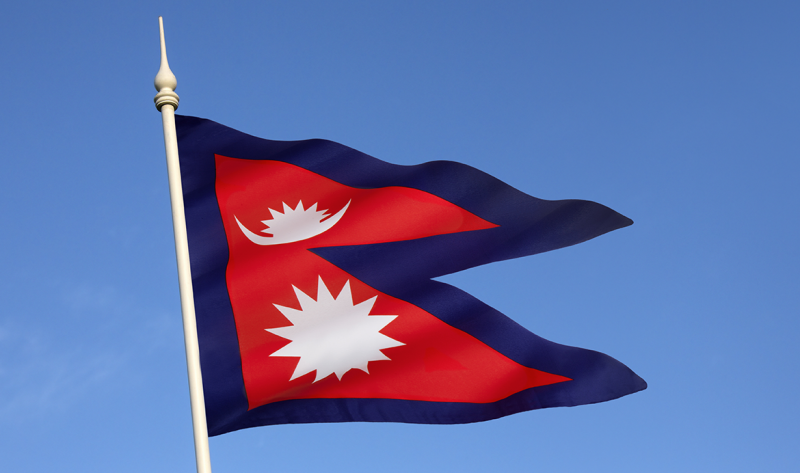
The Nepalese standard is the uncrowned monarch of strange flags; it cuts straight across the rectangular template that serves as the model for every other national flag in the world. Since mountains comprise almost 75% of the nation, the five-sided design is meant to resemble the Himalayan Mountain range's cascading peaks. The sun and crescent moon, on the other hand, are symbolic of longevity and are linked to many dynasties. Nepal's national plant, the rhododendron, is represented by the color crimson-red, while the blue border represents peace. The current flag's fundamental design dates back centuries, although it was formalized in 1962 as part of a new constitution.
Bhutan
There are animals on flags all over the world, such as lions, eagles, and crested cranes (looking at you, Uganda), but Bhutan is the only independent country that uses a flame-tailed dragon holding gems in its claws. Druk Yul, the native term for Bhutan, means "Land of the Thunder Dragon" because, according to Bhutanese folklore, the thunderous roar that echoes across the country's valleys is the voice of dragons. Bhutan, a small, isolated Himalayan nation nestled between China and India, was cut off from the outside world for centuries, and it's difficult to pinpoint the precise origins of its flag.



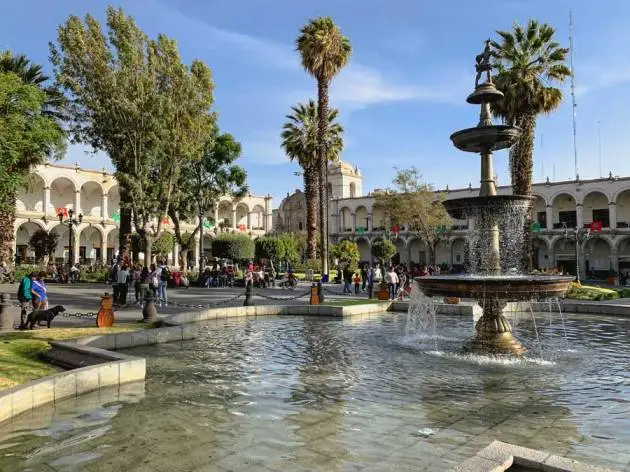

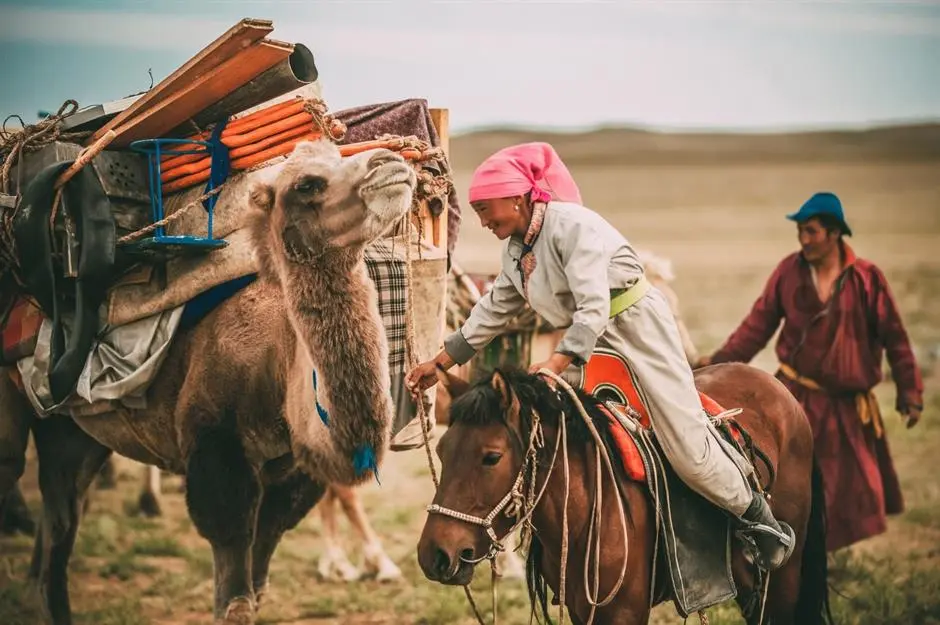
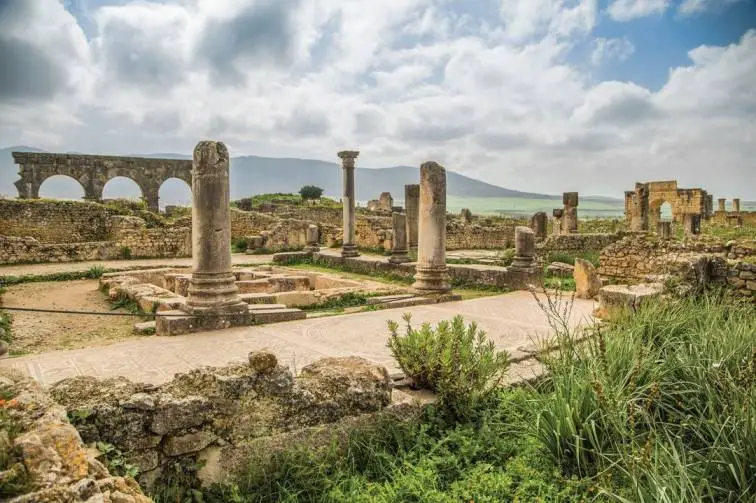
.webp)










